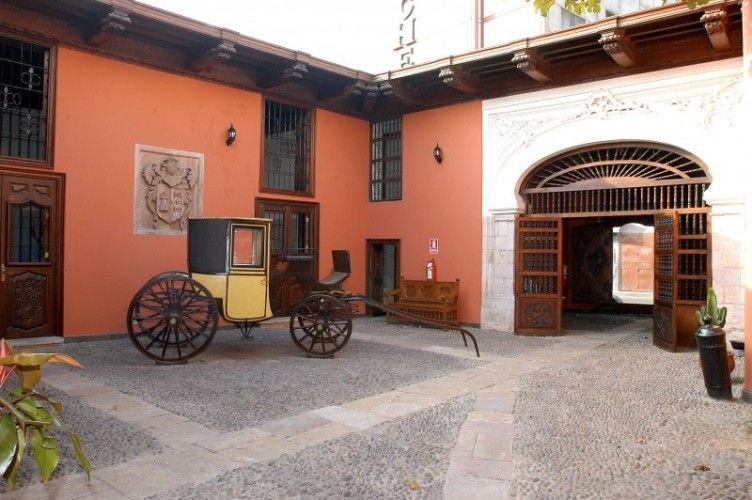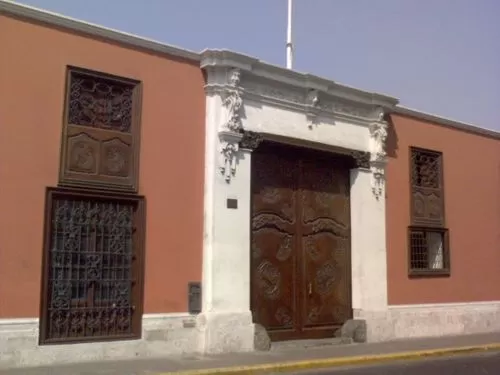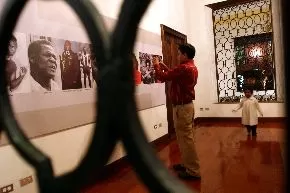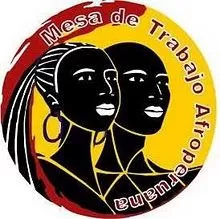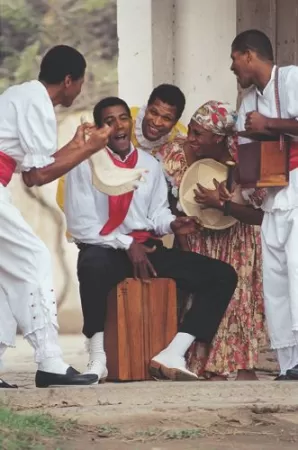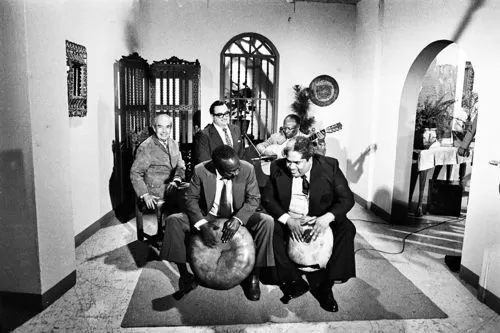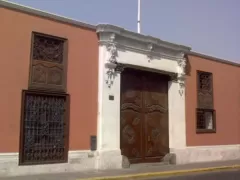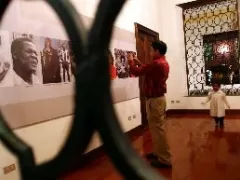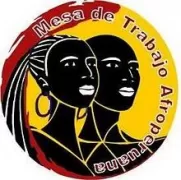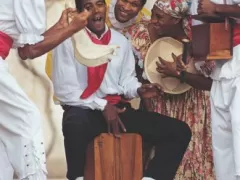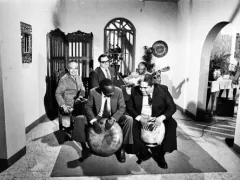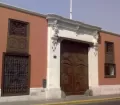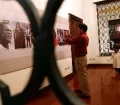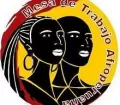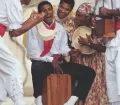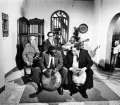Located in the Casa de las Trece Monedas, a colonial rococo mansion from the 18th century, you find the Museo Nacional Afroperuano. The museum explains the history of Afro-Americans in Peru and the contribution their culture made to the country. Main subjects are slavery and the beginnings of the trade of African slaves in Latin America including the characteristics of this phenomenon, social groups, life of slaves in Peru.
Key points of the exhibitions are work, torture and punishments, activities, food, religion, clothes, culture and finally the way to freedom. The museum shows in an impressive manner how parts of the African culture melted with the Peruvian culture.
Mesa de Trabajo Afroperuano
Thanks to the initiative and efforts of the “Mesa de Trabajo Afroperuano” of the Peruvian Congress the National Museum Afroperuano could open its doors to the public. Main aim of the museum is to preserve all sorts of objects and information related to slavery in Peru, investigate this part of Peruvian history, reflect on it and pass it on to our generation. The museum devoted its work also to the study of this period in Peruvian history and the contribution the Afro-Peruvian community made to the identity and national culture.
The Museo Nacional Afroperuano displays mainly relics from colonial times and the beginning of the Republic. From shackles and boughs to different documents attesting the freedom you can find everything demonstrating and explaining the historical and cultural aspects of slavery in Peru; interesting and sometimes appalling witnesses of this time period.
The 9 Exhibition Halls
- Hall 1: Slavery in the world
- Hall 2: Beginning of slavery in Peru
- Hall 3: Social groups and races
- Hall 4: Activities of slaves in Peru
- Hall 5: Characteristics of Peruvian slavery
- Hall 6: Congregation and religion
- Hall 7: Music and dance
- Hall 8: Path to freedom
- Hall 9: Abolition and disintegration of slavery
The National Museum Afroperuano provides a space for its visitors learning more about the development and history of slavery in Peru. At the same time the museum shows us and lets us appreciate the contribution the African culture and tradition made to the Peruvian identity spanning from music, dance and folklore to religion, literature or gastronomy.


